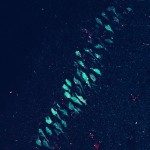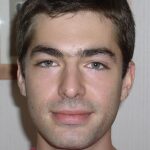Link to Pubmed [PMID] – 20299008
Biol. Psychiatry 2010 Aug;68(3):265-71
BACKGROUND: Nicotine is the principal component of tobacco smoke, resulting in addiction, and recent evidence suggests that damage to the insular cortex (insula) disrupts tobacco addiction in human smokers. However, the effect of an inactivation of this structure in an animal model of nicotine addiction has yet to be evaluated.
METHODS: To study this question, we investigated the effects of reversible inactivation of the granular insula by local injection of a gamma-aminobutyric acid agonists mixture (baclofen/muscimol) on nicotine self-administration (SA) under fixed and progressive ratio and on reinstatement of nicotine seeking induced by nicotine priming or nicotine-associated cues in rats. We also evaluated the effects of granular insula inactivation on food SA and relapse as a control.
RESULTS: The inactivation of the granular insula decreased nicotine SA under both fixed and progressive ratios without affecting the SA of food under the same schedules of reinforcement. This inactivation also prevented the reinstatement, after extinction, of nicotine seeking induced by nicotine-associated cues or nicotine priming without modifying the reinstatement of food seeking.
CONCLUSIONS: Our study indicates that the integrity of the granular insula is necessary for exhibiting motivation to take nicotine and to relapse to nicotine seeking but not for consuming food pellets or to relapse for food seeking. Indeed, it might be interesting to study the effect of methods that are able to modulate the activity of the insula–such as repetitive transcranial magnetic stimulation or deep brain stimulation–on tobacco addiction and relapse in humans.

